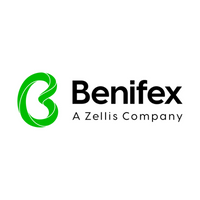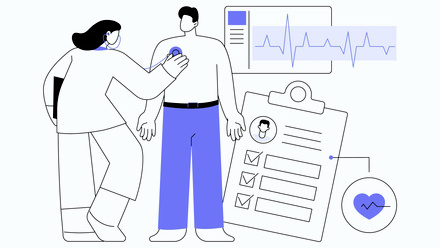Top 3 trends to look out for in global reward and benefits
If you’re struggling to keep up with the expectations of the new global workforce, you’re not alone. For its latest employee research, Great Expectations, Benefex interviewed over 4,000 employees worldwide looking how attitudes have changed since the global pandemic and the impact on benefits. The results are enlightening.
• 86% of employees said employers could stop people leaving if they had more understanding of what employees wanted from their experience at work.
• 87% of respondents in Europe (94% in APAC and 90% in the US) said benefits were important when deciding whether to join an organisation.
Overall, 88% of employees wanted more relevant benefits, 44% said their expectations of benefits had increased and the top five most desired improvements included choice and flexibility, increased wellbeing, protection, relevant and personalised benefits, and making benefits work for people.
Of course, having these aims is one thing, achieving them is another. The flexible benefits that we are familiar with in the UK, with a range of choices and funding options, are rare in many countries.
Furthermore, local providers can be inflexible in their approach to the number of benefits offered; and the admin required to get them (such as paper forms).
So, globally, there are challenges in rolling out flexible benefits, but companies can look at ways to offer more flexibility in their benefits. Here are three trends to look out for:
1. Building strategies for global flexibility
Fixed levels of cover for life, accident and disability insurances are the norm in many places, but what are the possibilities for employees to increase their level of cover at their own expense?
Work with your providers and brokers to explore optional additional cover for those with families or health insurance paid-for upgrades, such as dental. These could potentially be funded via a flex pot to offset upgrades and allow employees to make additional contributions to their retirement plan.
2. Introducing wellbeing allowances for greater relevance
Employee expectations have risen in relation to how employers support their wellbeing, with 48% of people demanding more than they did before the pandemic.
In response, many employers have put wellbeing at the heart of their employee experience strategy, coming up with a wide range of initiatives and offers to protect and enhance people’s financial, emotional and physical wellbeing. In line with this, many businesses have redesigned their benefits packages to ensure they provide employees with options relating to every aspect of wellbeing.
Wellbeing allowances, for example, are much more popular than they used to be – data shows a 43% in the number of companies offering wellbeing allowances in their global benefits packages.
Wellbeing allowances work give employees an amount of money that they can spend on wellbeing, framed with parameters set by the employer. They allow employees flexibility and relevance in choosing how they spend their benefits pot.
Allowances as part of a benefits offering have been popular in APAC for some time and they can easily be rolled out to other regions. Employers can manage the criteria for claims and vary them by region, so they are relevant to local employees.
3. Technology for more accessible experiences
Increased reliance on technology has meant employees have become more aware of its impact on their working lives – and poor digital experiences have a profound effect on their view of work and their employer.
Only 32% of employees say the technology they have access to enhances their employee experience. Most employees believe that employers could significantly improve the technology platforms and software they use at work across a wide range of use cases. These include the ease with which they can access their benefits and HR information, beyond making their annual benefits choices.
Employers are increasingly responding by using technology to put the individual at the centre of the experience with personalised platforms that helps each person understand everything reward and benefits related that their employer does for them – from benefits and wellbeing, to culture and communications.
A trend has emerged for platforms that directly meet employee demands for one single place where they can access benefits, content and resources from their employer, with just one log-in.
As companies review their global strategies, taking into account the past few years and the greater expectations of their employees, expect flexibility, relevance and accessibility to drive the global benefits agenda for the foreseeable future.
Supplied by REBA Associate Member, Benifex
The home of award-winning employee benefits, reward, recognition, & communications.








